With great aniticipation, we wait for the magical moment, when a child speaks their very first word.
We have had many magical moments, discovering our children’s first imitations, the first babbles, the first words and the first real sentences with 2 or 3 words.
For some children, it is easy to learn the spoken word. For others, it is a real struggle. Most children will benefit from more help in language training – through interactive play and different techniques (i.e. Auditory Verbal Therapy)
Before children learn to speak, they will communicate through smile, laugh, imitation or interacting through little games such as peek-a-boo or repeating familiar noises. Playing and interacting with the infant child are vital for developing communication skills before verbal abilities.
How to choose developmental toys, benefitial for language training
The key is to choose toys that will capture the child’s attention and curiosity. The toy must be able to motivate the child to think creatively and strengthen problem-solving skills.
How to find toys for developing communication skills
Here are my own experiences, based on AV-therapy and practical “training” of our own two girls:
-
Avoid battery operated toys
An important point – not only because batteries are expensive and need to be replaced frequently but simply because of the fact, that quiet toys encourages the child to invent their own noises while they play.
I admit, that we have used “noisy” toys when the girls had just had their CI-surgery. This was to strengthen their attention to sound and a common awareness: “Listen, what’s that”?!
-
Toys that encourage the child’s own creativity
Choose toys that can be played with in multiple ways and can be combined with other kinds of toys in play also.
-
Toys for active play
Choose toys that encourage movement: throwing, pushing, pulling, hopping, dancing, making funny faces and so on.
-
Toys for role play
Choose toys that will encourage the child to imitate familiar situations from everyday life. Pretend to eat dinner, take a bath, cleaning the house, going to the shops or chatting with other people along the way. All these situations will develop trust, language, general communication skills and so much more.
Simple and affordable toys for language development
Before we even started our CIHA webshop, I was realy inspired by toys from “Melissa & Doug”.I found their toys highly motivating and multifunctional. In addition, I found that price and quality went well together. We have used many differerent toys from “Melissa & Doug” in our language training with the girls, especially in role play with cleaning-sets, shopping baskets and play food sets. For Ling-6 sound testing, we have particularly used building blocks and stacking toys.
Here are three of my favorite toys and why:
Building blocks
The best thing about bulding a block tower is knocking it over. If the child is to young to build it alone, you build it together, while you involve the child in counting the number of blocks. Say “BOOM” og “BANG” when the tower is knocked over, they are both sounds that are easy for the child to imitate. You may create your own rhyme: “1, 2, 3 BOOM”! Repeat “AGAIN”! or “MORE”! and stack the blocks once more. It is a great way to teach the child repetition.
Watch our little building block-song below, The trick here is, that the child has to guess when it’s okay to knock the tower over. It takes auditive awareness and sense of rhythm to understand when the tower can come crashing down, according to the song.
There are many ways to play with stacking toys
With an older child you may talk about the different colors and sizes of the blocks.
Or mention the various prepositions: on top of, under and so on. “Can you place the block next to the other”?, “Can you place it behind the red block”? This will develop the child’s vocabulary skills and communicative abilities.
Building blocks are also great for hide-and-seek games and learning how to take turns. “It’s your turn” or “It’s my turn” to surprise the other with hiding something under the blocks.
Watch the video with the sorting farm house
With this kind of toy, there are many functions: stacking, counting, playing, color – and size recognition and all kinds of linguistic expression. Examples below:
Farm – and animal magnets
Explore the many animal noises! The noise, that animals make are classic in any vocabulary training and development: “grrrr..” or “coo-coo” and farm house animals’ “oink oink”, “mooh” or “baah”. Maybe the tractor goes brmm brmm”. A magnetic board in the kitchen will keep your child fully occupied while you prepare dinner.
Another great game is to play hide-and seek, combining blocks and magnets.
Use the little box containing the magnets and present one magnet at a time – always auditively before visually. Up comes a cow: “hello cow”! Let the child place the cow on the magnetic board and choose another animal. At the end of the game, the child will put the cow back in the box: “bye cow”! It’s a great way to teach the child the difference between hellos and goodbyes.
Yoy may also draw a landscape on the board and let the child categorise the animals in their right habitat: find the animals that can swim in the lake, find the animals that live in trees, find the animals that can fly and so on.
The board and magnets may also be used for training prepositions: place the horse next to the cow, the dog is standing behind the horse, the monkey is up in the tree, the turtle is under the water.
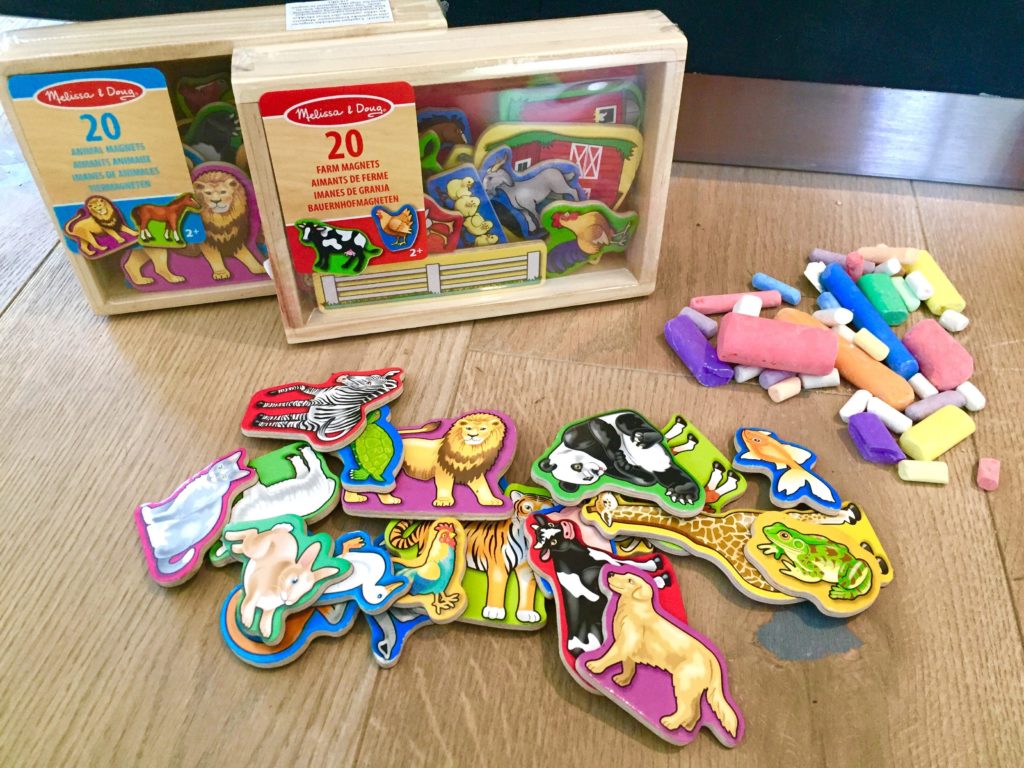
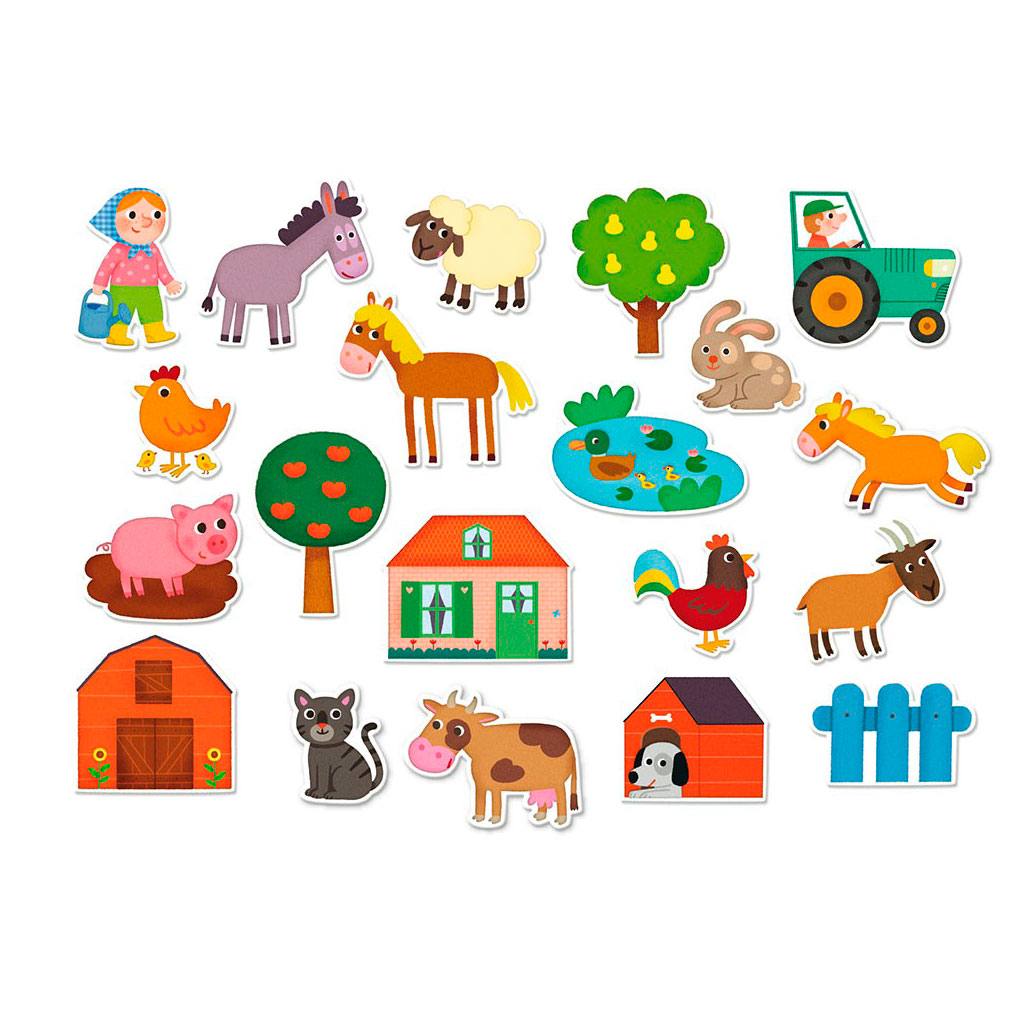
The magnets are also great as stencils, where you draw an outline of a certain animal, cut it out and color it, all while talking about if the animal is striped, soft, dotted or something else.
Maybe it’s time for the animals to go to bed: talk about where the animal would spend the night and tuck them in, saying “schh”, “Good night”, “Sleep tight” and simply turn the animal magnets over.
Or maybe you can hide all the animals in a dark room and look for them with a flashlight. Then you all call out: “Cooooow, where are you??
Doorbell house with play people and keys
This house is one of my absolute favorites! I find it very exiting and encourages motivational learning for children of all ages.
The doorbell house is recommended for children from 3-5 years of age. But I find it just as relevant for even younger children, of course under the guidance of a grown up.
Actually, I fell in love with this house when our audiologist presented it to us, right after Albertes CI-surgery, which she had 23 days after her first birthday. She was essentially just over a year old when we first played with the doorbell house.
The house has 4 unique doorbell sounds: pressing the doorbell and waiting for someone to open, is a situation that any child will be familiar with. For training auditive awareness, press the doorbell and look very surprised, while you point to your ear: “I heard something”, “What could that be”?, “Did you hear it too”?
Each side and every door are all wonderfully illustrated with colors and numbers. Included are 4 play people, that individually match one of the doors. Each door has a seperate key and each key has a number, that matches the same numbered door.
It is an obvious idea to hide little things behind a certain door, making vocabulary training great fun, for example things starting with /s/ if that is your focus right now. Talk about what on earth could be hiding behind the door: “do you think it’s something big“? “Maybe something dangerous“? This will strengthen the child’s imagination and sense of wonder, all while training language and i.e. prepositions.
Talk about the different colors and shapes on the house: round, square, oval, triangled.
Playing together with the doorbell house, you may also imitate everyday situations: “knock knock”, “come in”, “Who’s there”?, “Is anyone home”? “Bye”, “Hello” and so on.
Find the Doorbell House here
Advice: When you play imitation games with your child, try to challenge them with words and expressions they do not not already know.
If the child is not yet expressing words, you may try focusing on a few familiar sounds instead of using long sentences. In a situation, where they know a few words, you can phrase short sentences of maybe 2 or 3 words.
Avoid asking to many questions. Rather provide the child with a simple missing word and let them use it in their own context, they will remember it much better this way.
If your child is hearing impaired and you have any doubts as to where to set your child’s goals, we advice you to contact your AVT-therapist. Remember, that we at CIHA are always ready to assist you in finding motivational and age-appropriate toys for your child. Please contact me by mail at rikke@ciha.dk


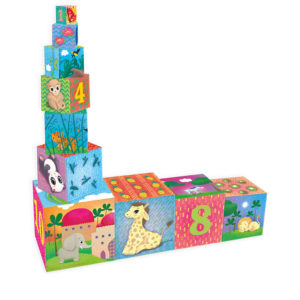
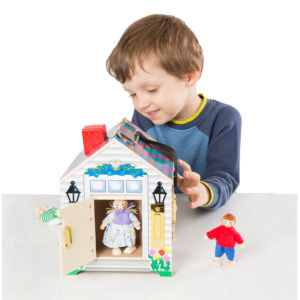
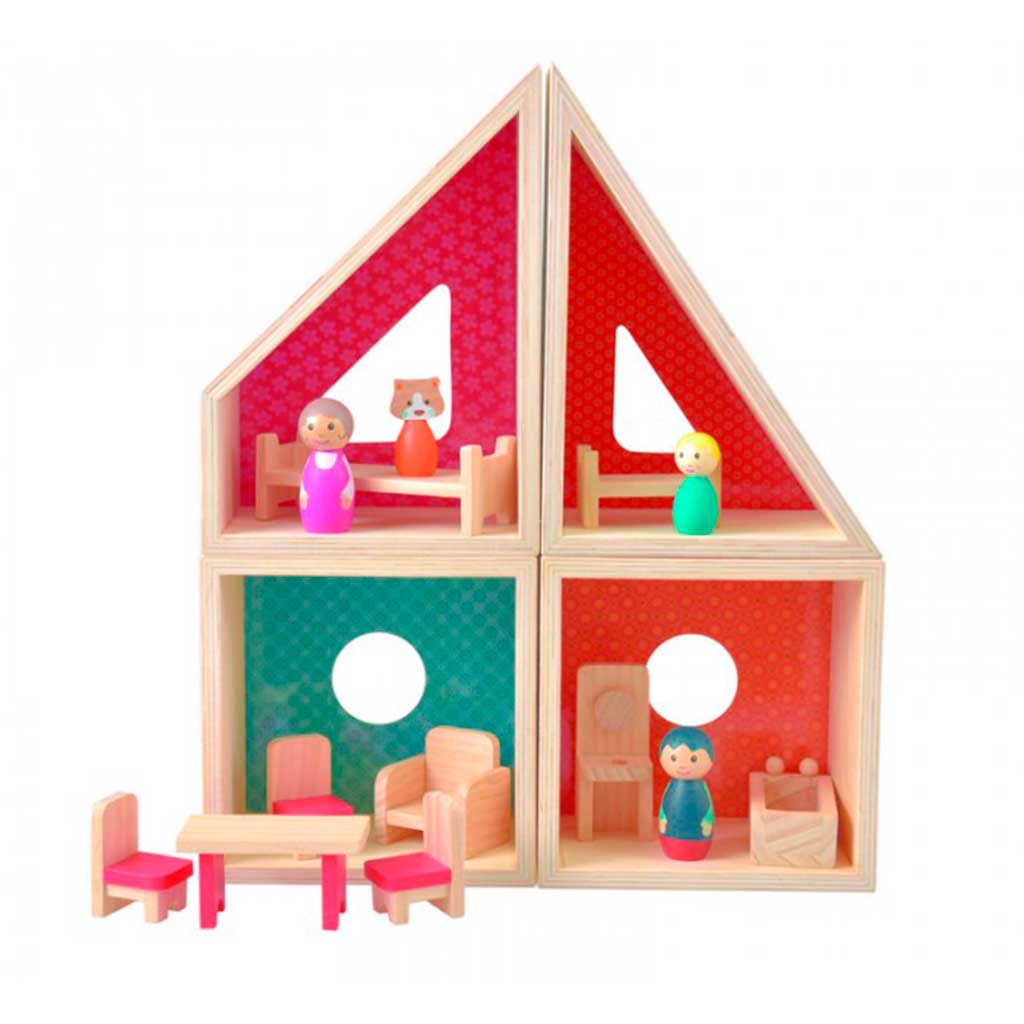
Leave a Reply